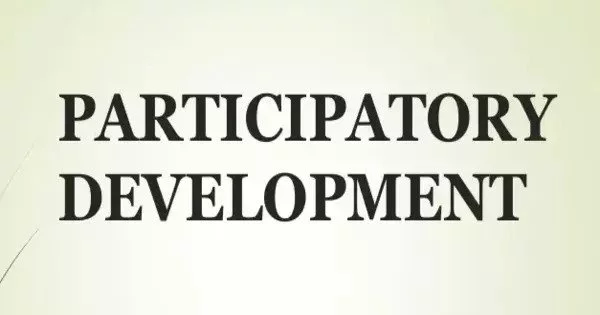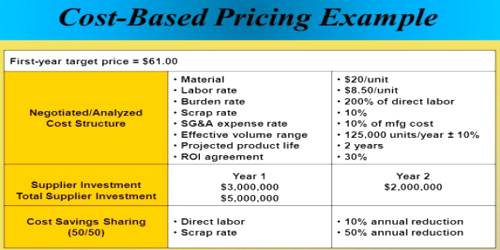Participatory development (PD) aims to involve local residents in development efforts. It is a development strategy that emphasizes the active participation of local communities, stakeholders, and individuals in decision-making and the implementation of development programs and initiatives. It differs from typical top-down development approaches in which external groups or governments make choices and carry out projects with little or no participation from the people who will be affected by them.
Participatory development has taken several shapes since its introduction in the 1970s as an integral component of the “basic needs approach” to development. Most expressions of public involvement in development strive “to involve the poor in initiatives designed to benefit them,” with the goal that involving local communities in the development process will make development projects more sustainable and successful.
Key principles and characteristics of participatory development include:
- Inclusivity: It aims to involve all key stakeholders, including community people, local leaders, non-governmental organizations (NGOs), government agencies, and other partners. The idea is to provide individuals who will be affected by the development process a voice in influencing it.
- Empowerment: The strategy seeks to empower local communities by providing them with the tools, knowledge, and skills they need to actively engage in decision-making and govern their own development processes.
- Bottom-Up Approach: Participatory development, as opposed to imposing externally planned solutions, begins at the community level. The method is guided by local knowledge, requirements, and priorities.
- Local Ownership: Community participation in development initiatives is encouraged. This can include managing resources, implementing projects, and sustaining long-term advantages.
- Capacity Building: It often involves capacity-building activities to enhance the skills and knowledge of community members, enabling them to effectively engage in development activities.
- Transparency and Accountability: Transparent decision-making processes and accountability mechanisms are crucial to ensure that resources are used efficiently, and the benefits of development are equitably distributed.
- Cultural Sensitivity: Participatory development recognizes and respects local cultures, traditions, and social structures. It incorporates these aspects into project design and implementation.
PD has become a widely established form of development practice and is used by a wide range of companies. It is frequently promoted as an alternative to traditional “top-down” development. There is substantial debate over the correct definition of PD because it differs based on the perspective used.
Community-driven development projects, participatory rural appraisals, and collaborative governance models are all examples of participatory development. It has found widespread use in international development and community-based programs, particularly in rural development, education, healthcare, and environmental protection. The ultimate goal of participatory development is to instill in local communities a sense of ownership and agency, resulting in more effective and sustainable development outcomes.
















